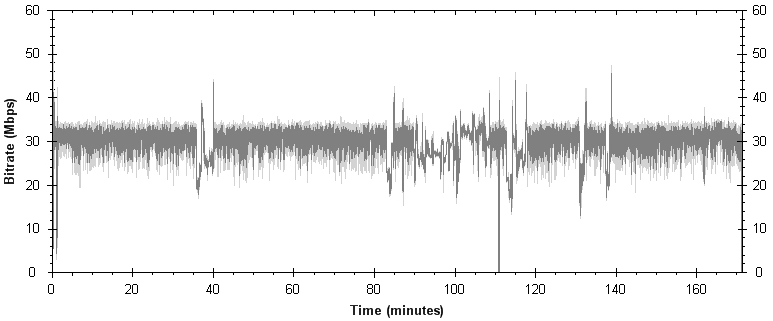The formation and life cycle of stars - The life cycle of.
Try it risk-free for 30 days. You can study the evolution and formation of stars on any mobile device or computer when you access this intriguing chapter. Designed to assist you as you finish your homework, study for a test or prepare for a class project, these video lessons are written by experienced instructors.
Evolution Of Stars. Displaying all worksheets related to - Evolution Of Stars. Worksheets are Evolution starts with work answer key pdf, National aeronautics and space administration, Work formation of a star, Properties of stars, Chapter stars and galaxies, Lesson plan g2 the stars, Stars and galaxies, Stars.
Biological Evidence of Evolution A. Evidence for Evolution 1. Evolution does not occur in a straight line with one species another in a series of orderly steps. a. Living species that are closely related share a common. b. How closely related two species are depends when they. Lesson Outline LESSON 3.
Lesson Focus: The lesson plans below discuss the various genus and species associated with the theory of human evolution. A completed, reference worksheet for the teacher and a blank evidence worksheet for students are included along with an accompanying study guide complete with prehistory vocabulary definitions and important dates.
Other posts on the site.
Lesson 9-5 Measures of Variation Lesson Reading. Use as an additional practice or as homework for second-day. Chapter 1 Lesson 3 Homework Practice Sheet.. variation describes how its values.. Relating the choice of measures. Georgia Homework and Practice Workbook Lesson Correlations. Lesson 9-3 Measures of Central Tendency.
Author: Dr. Christopher Palma, Senior Lecturer in the Department of Astronomy and Astrophysics, The Pennsylvania State University. This courseware module is part of Penn State's College of Earth and Mineral Sciences' OER Initiative. Except where otherwise noted, content on this site is licensed under a Creative Commons Attribution-NonCommercial-ShareAlike 4.0 International License.
You’ll be surprised to find out that you know more than you think about stars. A star passes through many different stages during its life. In this activity, you’ll use your knowledge and intuition to arrange a series of images that describes the life of a star from the beginning through to the end.
Stars are formed in clouds of gas and dust, known as nebulae. Nuclear reactions at the centre (or core) of stars provides enough energy to make them shine brightly for many years. The exact lifetime of a star depends very much on its size.Very large, massive stars burn their fuel much faster than smaller stars and may only last a few hundred thousand years.

















